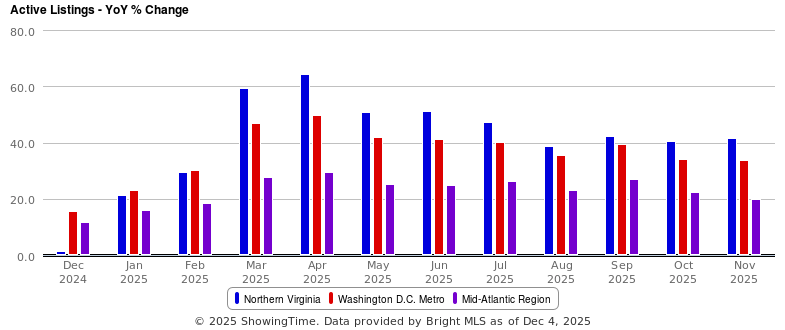Question: We are planning to put our townhouse on the market this spring and wondering if you have any advice on how we should choose what improvements we should or should not make prior to listing.
Answer: The decisions you make on what money you do or do not spend improving your home prior to a sale often influence your bottom line more than any other decision you make during the sale process. They’re also the decisions you’re most in control of, so take your time and take them seriously.

Remodeling.com publishes an annual report showing the resale return of specific remodeling jobs, based on region of the country. Unfortunately, I can’t share the DC-area report here because of copyright issues, but it’s worth going to the link (you have to provide them some basic info) to take a look yourself. The findings of their report show that the majority of projects, done individually, return just 50-80% of the cost. I have seen another study by Zillow that shows similar projections. Note that I said when “done individually” most projects return well below 100% of the money spent, but when you combine the right improvements you can create value/profit that can add to your bottom line.
Tier Your Improvements
After you prepare a full list of potential improvements, it’s important to bucket them into tiers and analyze each tier for cost, project timeline, and impact on the expected resale value to determine which improvements make the most sense. At a high level, these tiers generally fall into three categories:- Clean-out, Clean-up: This focuses on the low cost, high return items to make a home more presentable such painting, deep cleaning, repairs, light landscaping, etc
- Bring up to par: Investing in one/some more expensive projects to bring them up to par with the rest of the home. For example, improving a dated kitchen if the rest of the home is updated so that the kitchen doesn’t drag down the value of the other improvements or replacing damaged hardwood floors.
- Remodel/Homeowner Flip: Similar to what an investor might do to a dated home in an expensive neighborhood, a homeowner might choose to make a major investment into updates and benefit from a significant profit
Consider All Costs
The cost of doing improvements goes beyond the cost of the labor and materials. Don’t forget to consider things like:- Your time managing the work
- Inconvenience of having work done while you’re living in the home
- Carrying cost while work is being done, if the home is vacant
- Risk of something going wrong during the work (applies more to larger projects)
100%+ ROI
There’s no doubt that remodeling your bathroom will generate a higher sale price, but it’s rarely advisable to invest money into improvements if you won’t return more than 100% on the investment. Herein lies the challenge and strategy in planning your improvements.Understanding the profile of your likely buyers and what they value is crucial to making investments that generate profit, not just a higher price. If you’d like to discuss buying or selling strategies, don’t hesitate to reach out to me at [email protected].
If you’d like a question answered in my weekly column or to set-up an in-person meeting to discuss local Real Estate, please send an email to [email protected].




